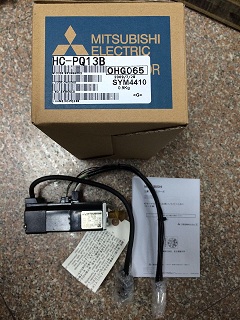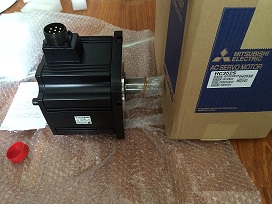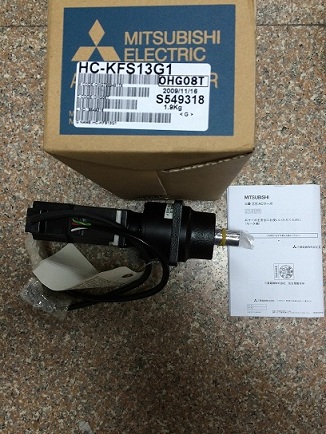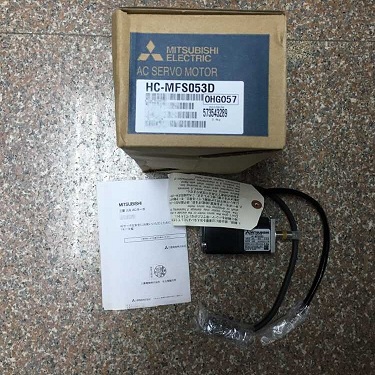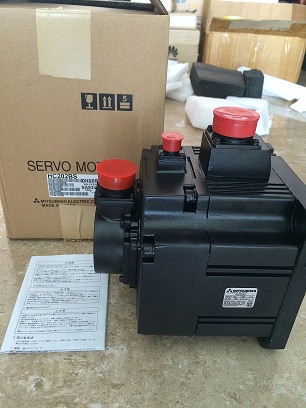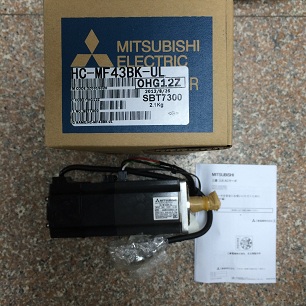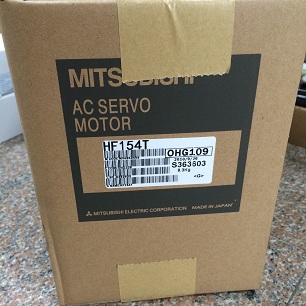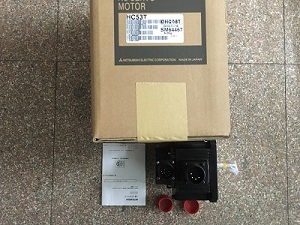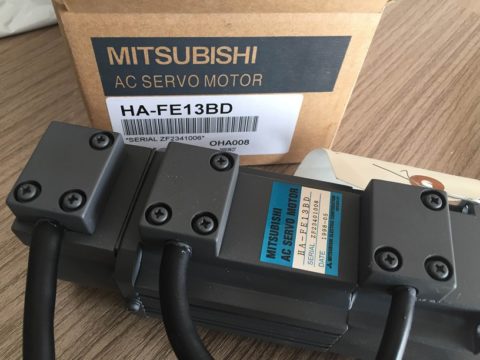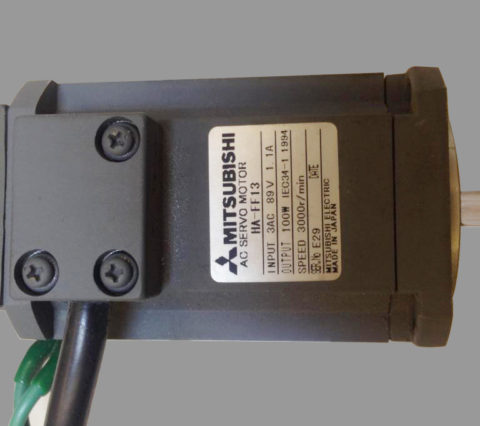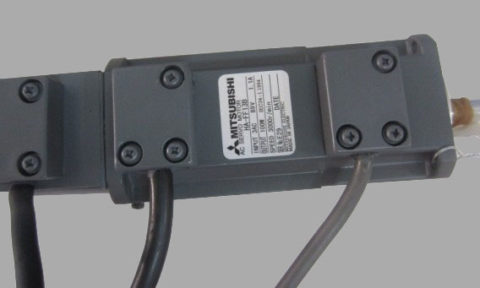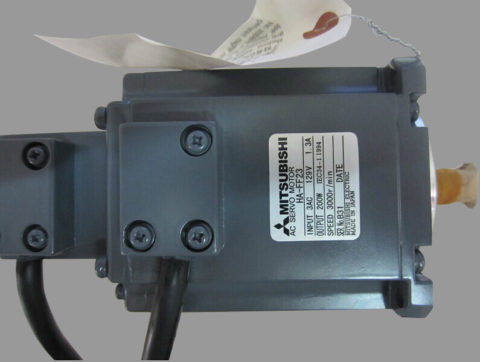Panasonic servo motor installation
First, Panasonic servo motor oil and water protection
A: Panasonic servo motor (IP65) can be used in places where it will be affected by water or oil droplets, but it is not fully waterproof or oil proof. Therefore, servo motors should not be placed or used in water or oil-infiltrating environments.
B: If the servo motor is connected to a reduction gear, oil seal should be used when using the servo motor to prevent the oil of the reduction gear from entering the servo motor.
C: Do not immerse the servomotor cable in oil or water.
Second, Panasonic servo motor cable → reduce stress
A: Ensure that the cable is not subjected to moment or vertical load due to external bending forces or its own weight, especially at the cable exit or connection.
B: In the case of servo motor movement, the cable (that is, the one configured with the motor) should be firmly fixed to a stationary part (relative to the motor) and should be extended with an additional cable installed in the cable holder. It so that bending stress can be minimized.
C: The elbow radius of the cable is as large as possible.
Third, Panasonic servo motor allowed shaft load
A: Ensure that the radial and axial load control applied to the servomotor shaft during installation and operation is within the specified value of each model.
B: Be extremely careful when installing a rigid coupling. In particular, excessive bending loads may cause damage or wear to shaft ends and bearings.
C: It is preferable to use a flexible coupling so that the radial load is lower than the allowable value. This material is designed for high mechanical strength servo motors.
D: Regarding the permitted shaft load, refer to “Permissible Shaft Load Table” (Instruction Manual).
Fourth, Panasonic servo motor installation attention
A: When installing/removing the coupling part to the servo motor shaft end, do not hit the shaft end directly with a hammer. (The hammer hits the shaft end directly, and the encoder at the other end of the servo motor shaft is knocked out)
B: Strive to align the end of the shaft to the best condition (because it may cause vibration or bearing damage)

